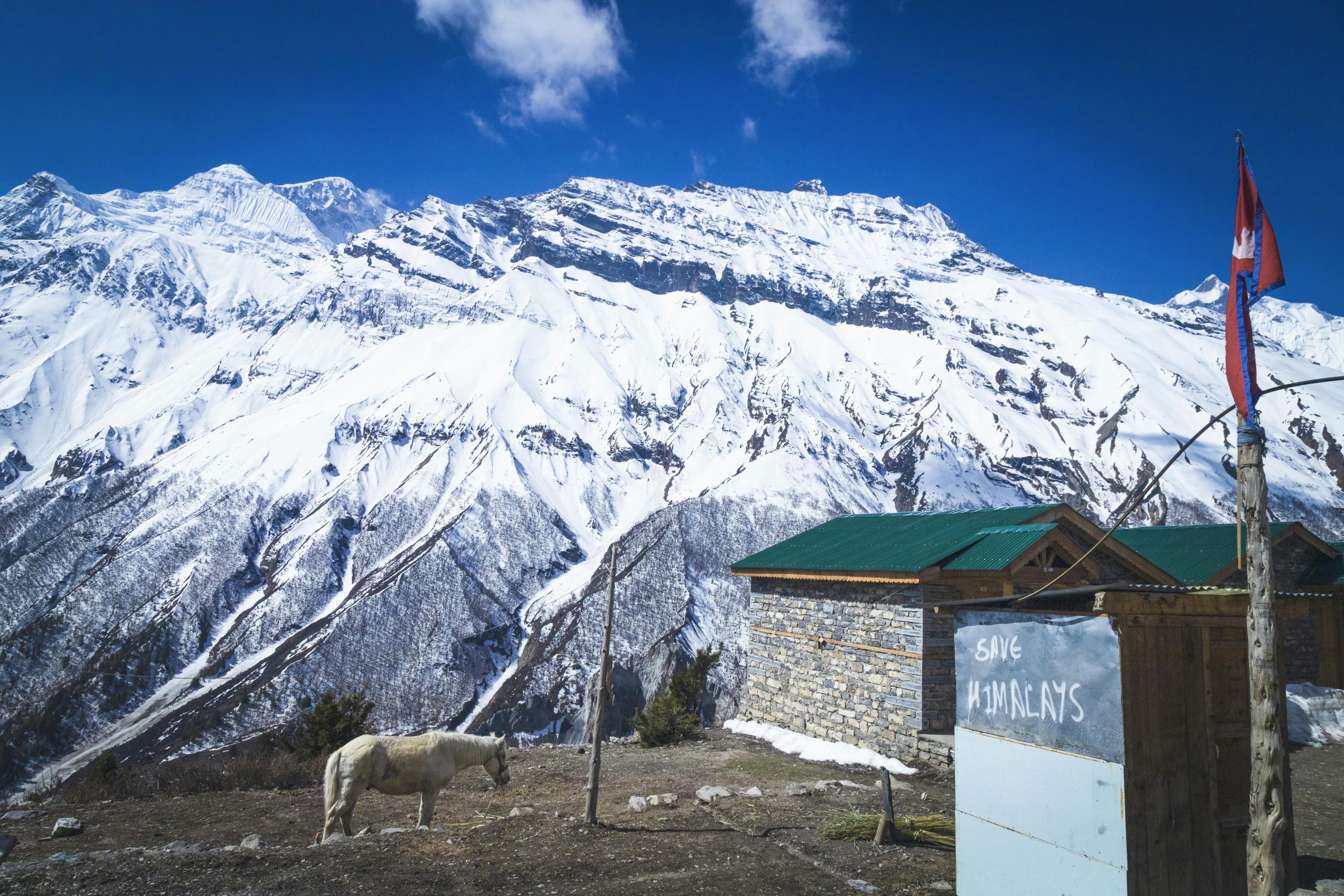Nepal officially recognises 14 peaks above 8,000 metres

Kathmandu, The Nepal government has updated its official peak profile, increasing the number of mountains exceeding 8,000 metres from eight to 14. The Department of Tourism recently added six new peaks to the list, including four from the Kanchenjunga range—Yalung Khang (8,505m), Yalung Khang West (8,077m), Kanchenjunga Central (8,473m), and Kanchenjunga South (8,476m)—and two from the Lhotse range—Lhotse Middle (8,410m) and Lhotse Shar (8,400m).
While Nepal has officially endorsed these peaks, international recognition depends on approval from the International Mountaineering and Climbing Federation (UIAA), which is recognized by the International Olympic Committee. The government has been lobbying for over a decade to include these mountains in the global list of eight-thousanders. In 2013, a UIAA-led initiative called the Agura Project identified five of these peaks for possible recognition, but the process was delayed due to technical reasons and later sidelined by the 2015 earthquake.
Experts argue that these peaks meet the criteria for classification as separate mountains, based on factors such as a col distance of at least 500 metres and distinct climbing routes. However, the final decision rests with international mountaineering authorities.
Recognition of these additional peaks could significantly boost Nepal’s mountaineering industry. In 2023 alone, the government issued over 2,500 climbing permits, generating Rs850 million in revenue. If the newly listed peaks gain international status, they could attract more climbers seeking new challenges, further strengthening Nepal’s position as a global mountaineering hub.
The Department of Tourism has made the revised list public and is now preparing the necessary documentation to formally present these peaks to the UIAA. Officials hope that once the Cabinet approves the updated list, lobbying efforts in international forums will gain momentum.



